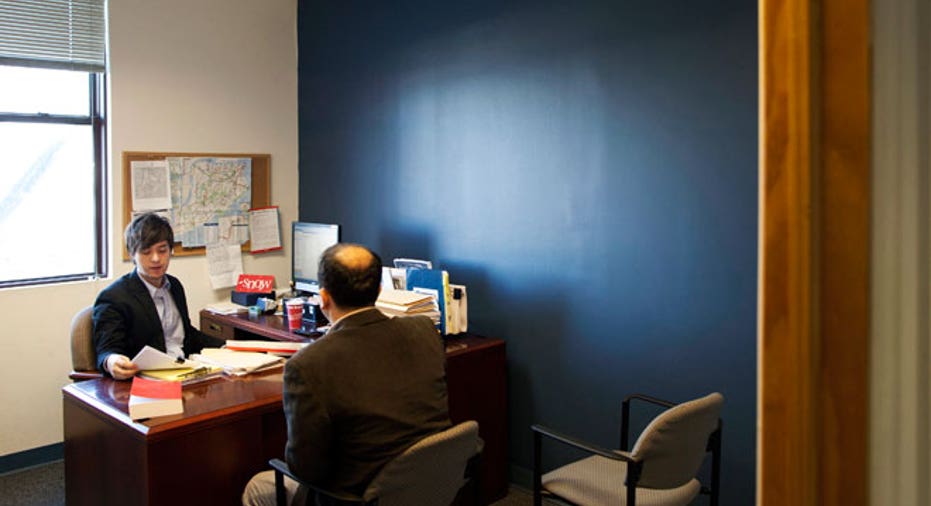Are Shorter Business Meetings Sweeter?

Business meetings are a lot like holiday fruitcake — they just won't go away. Not even the recent great recession could put them down for the count. But there is still some good news coming from the frontlines of corporate cutbacks, cost-controls and savings goals: While they might not be going away entirely, business meetings are likely to be small and shorter, according to a new study.
Meeting-planning patterns in five key business travel destinations over the past four years show that organizations have reinvented their sourcing practices to fit today's corporate budget constraints, according to a study conducted by ACTIVE Network, a company that supplies event management technology.
While the study shows that requests for meeting proposals are now exceeding pre-recession levels, companies are also looking at holding smaller meetings — by paring the number of people attending events, often to under 50, and shorter meetings— by reducing event length to same day or one day.
They're also looking on doing more planning on the fly by sourcing for meeting services with less lead time in order to accommodate fluctuating event budgets.
When the economy went into a tailspin in 2008 and 2009, average monthly unique electronic requests for proposals (eRFP) plunged across the five cities in the study: Chicago, Las Vegas, Los Angeles, New York and Orlando. But during the first 10 months this year, eRFP rates in those cities surpassed 2008 levels by 6 percent. More significantly, the total eRFPs received through October 2012 stood 46 percent higher than the recessionary low-mark in 2009, illustrating the dramatic scale of the recovery.
Half of all 2012 eRFPs tracked across the study’s five cities were for meetings of fewer than 50 people, representing a 5 increase compared to 2008. Over the same period, the number of events with 51-100 and 101-250 attendees fell by 2 percent and 3 percent, respectively. The shift to smaller meetings —enabling savings on airfare, hotel, and food and beverage costs—requires a different strategy for sourcing hotels and venues.
Same-day and one-day events now represent more than one-third (35 percent) of eRFPs, up 14 percent from 2008, showing a clear migration by companies to shorten events to cut costs. In addition, two- and three-day events fell from 46 percent of eRFPs in 2008 to 40 percent in 2012. The trend is expected to fuel the demand for mobile applications that streamline meeting tasks, such as downloading agendas and providing session feedback, to help attendees do more with less time.
"Companies still value meeting face to face, but this study documents how the meetings and events landscape has changed over the past four years," said JR Sherman, senior vice president of business solutions at ACTIVE Network. "Organizations are adopting strategies such as trimming event size, switching to local destinations and holding shorter meetings in order to reduce and control meeting costs."
Reach BusinessNewsDaily senior writer Ned Smith at nsmith@techmedianetwork.com. Follow him on Twitter @nedbsmith.We're also on Facebook & Google+.